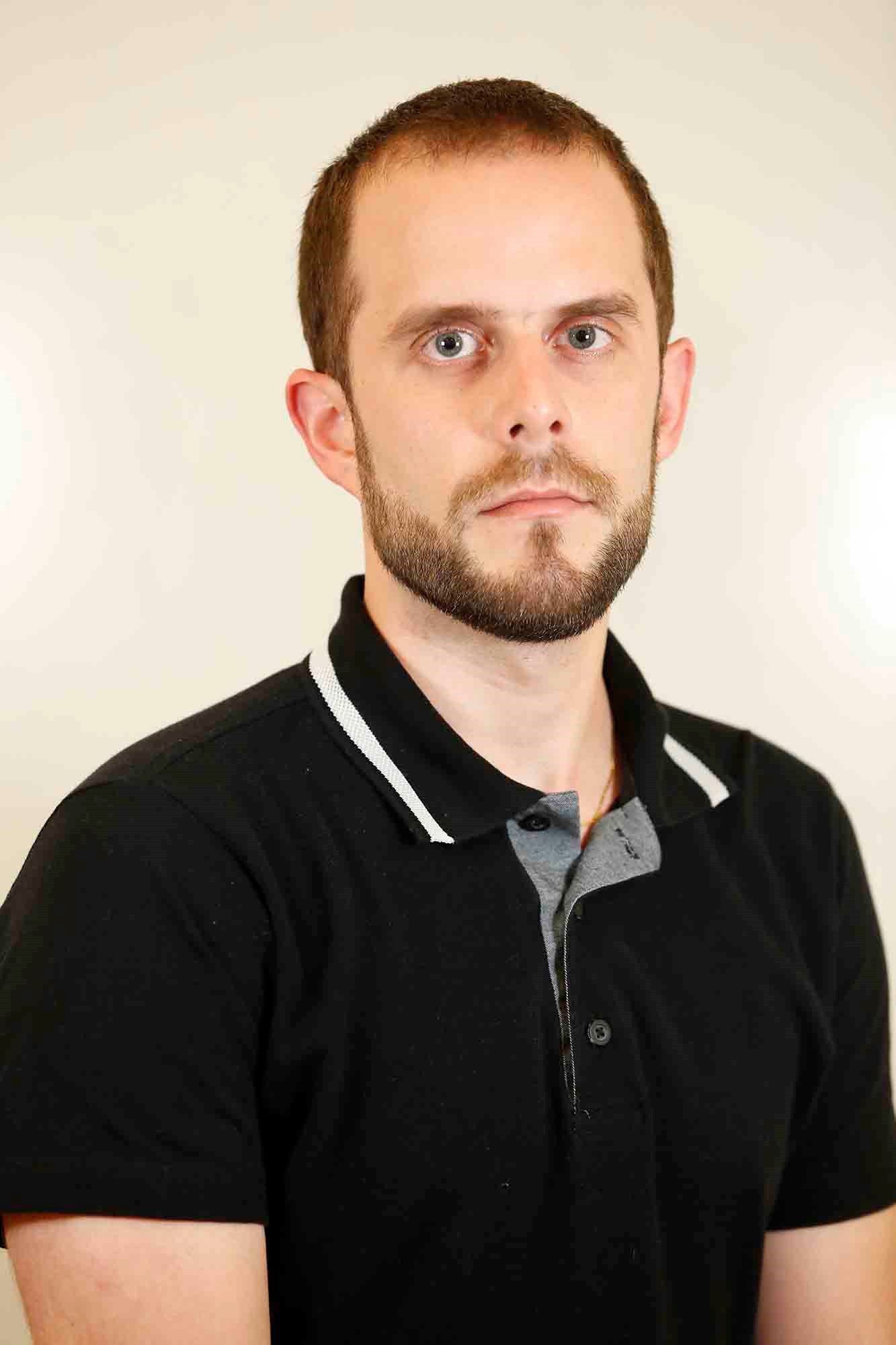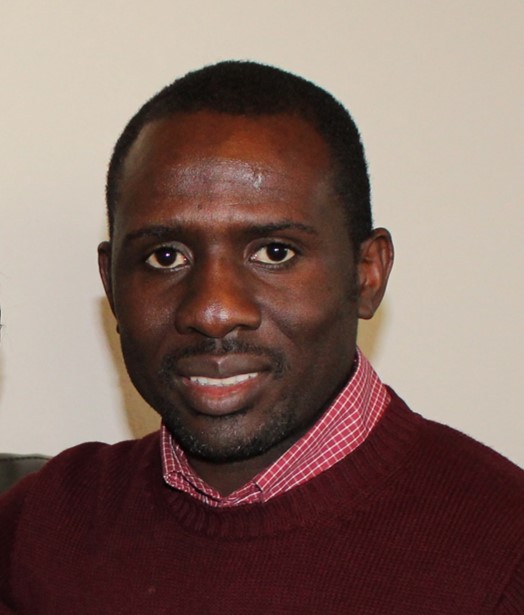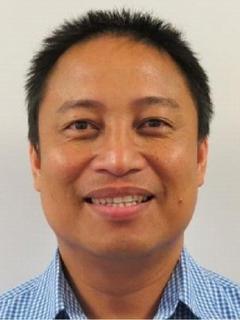
Date: Mon Aug 1, 2016
Time: 1:40 PM - 3:40 PM
Moderator: Brenda Ortiz
Given the difficulty to determine N status in soil testing and lack of crop parameters to recommend N for sugarcane in Brazil raise the necessity of identify new methods to find crop requirement to improve the N use efficiency. Crop canopy sensor, such as those used to measure indirectly chlorophyll content as N status indicator, can be used to monitor crop nutritional demand. The objective of this experiment was to assess the nutritional status of the sugarcane fertilized with different nitrogen rates applied at different periods after harvest, through diagnostic sensors in order to determine the parameters for sustainable application of N-fertilizer in sugarcane. This experiment was conducted during two seasons (2013-2014 and 2014-2015) and the experimental design was a randomized block with split plot with four replications. The plots were divided into different application periods of N fertilizer after the sugarcane harvest (0, 30, 60, 90, and 120 days after the harvest - DAH), and the split plots in five rates of nitrogen (0, 50, 100, 150 and 200 kg ha-1N). During the experimental period (30, 60, 90, 120 and 150 DAH), the biometric measurement was performed to evaluate the aboveground performance (number of tillers/stalks, and the number of green and dry leaves, into the split plots). The crop N status was evaluated through vegetation index (NDVI and NDRE) readings using a crop canopy reflectance sensor (ACS 430 Crop Circle – Holland Scientific). The N-fertilizer application period as well as, the rate of nitrogen applied to the ratoon, influenced the sugarcane yield. In the first crop season, the best N rate was 140 kg ha-1, applied at 0 or 60 DAH. In the second year, the best N rate to improve sugarcane yield was 100 kg ha-1 N, applied at 0 or 30 DAH. Crop Circle sensor was better correlated with the application periods and N rates during crop development, with good correlations with yield when the evaluations were done at 90 and 150 DAH. NDVI reading had a good correlation with the applications periods of N fertilizer and NDRE was more sensitive to N rates. The best time to use the crop canopy reflectance sensor is associated with lack of water stress. Crop Circle sensor can be considered an auxiliary tool to predict the real need of N fertilizer in sugarcane.

Hand-held sensors (SPAD meter, N-Tester, …) used for detecting the leaves nitrogen concentration (Nc) present several drawbacks. The nitrogen concentration is gained by an indirect way through the chlorophyll concentration and the leaves have to be fixed in a defined position for the measurements. These drawbacks could be overcome by an imaging device that measures the canopy reflectance. Hence, the objective of the paper is to analyse the potential of multispectral imaging for detecting nitrogen concentration.
The tests were carried out on parcels submitted to nitrogen inputs varying from 0 to 180 kg N.ha-1. Reference Nc measurements were obtained by the Kjeldahl method and a Hydro N-Tester (Yara). The developed imaging system comprised a CMOS camera and a set of 22 interference filters ranging from 450 to 950 nm mounted on a wheel steered by a stepper motor. The image acquisition and the motor rotation were controlled by a program written in C++. The crop was imaged vertically at one meter height. The raw images presented 1280×1024 pixels covering an area of approximately 0.25 m² and were recorded with a 12-bit luminance resolution. To deal with the natural irradiance variability of the scene, a white reference was used and the integration time was automatically adjusted for each image. The image treatment included the segmentation of Photosynthetically Active Leaves (PAL) by using Bayes theorem and the computation of the mean PAL reflectance after correction of background and illumination fluctuations. Nc was estimated on the basis of the 22 filters by the Partial Least Square (PLS) method and by four filters selected by the Best Subset Selection (BSS) method.
In comparison with the Kjeldahl method, the estimation of Nc by means of the Hydro N-Tester, the PLS method and the BSS method (filters 600-80, 950-100, 650-40 and 450-80 nm) gave determination coefficients equal to 0.53, 0.63, and 0.62, respectively. This indicated that the full multi-spectral approach gave significantly better Nc estimation than a portable device and suggested that a camera equipped with four filters would give similar results.
Four time-lapse cameras, Bushnell Nature View HD Camera (Bushnell, Overland Park, KS) were installed in a soybean field to track the response of soybean plants to solar radiation, air temperature, relative humidity, soil surface temperature, and soil temperature at 5-cm depth. The purpose was to confirm if visible spectroscopy can provide useful data for tracking the condition of crops and, if so, whether game and trail time-lapse cameras can serve as reliable crop sensing and monitoring devices. Using the installed cameras, images were taken between July 22 and August 1, 2015. Color images were obtained for the daytime images captured while nighttime images were monochrome infrared (IR) images. Images at 30-minute intervals were selected for further processing and analysis, however, the nighttime images were not useful due to overexposure to the IR light which rendered the images too bright. The data from the R (red), G (green), and B (blue) bands of the images selected were extracted and exported to Microsoft Excel using the RGBExcel software application developed in-house. For each image, an AGRI (adjusted green red index) image dataset was generated based on the equation AGRI = 0.5 [1-((IG-IR)/(IG+IR))], where IG, and IR are the signal intensities (or pixel values) respectively in G and R bands. Next, the background (mainly soil) was removed using the Thresholding method and the remaining data averaged. This AGRI average value was plotted against the date and time of image collection, which showed a rise-and-fall trend with daily peaks around 1:00 pm. The AGRI data was regressed on logs of solar radiation, air temperature, relative humidity, soil surface temperature, and soil temperature at 5-cm depth. The following is the decreasing order of correlation: log of solar radiation (0.36 < R2 < 0.65) > log of soil surface temperature (0.23 < R2 < 0.38) > log of air temperature (0.09 < R2 < 0.29) > log of soil temperature at 5-cm depth (0.09 < R2 < 0.20) > log of relative humidity (0.00 < R2 < 0.18).

The monitoring of plant development during the growing season is a fundamental base for site-specific crop management. In this regard, the amount of plant biomass at a specific phenological stage is an important parameter to evaluate the actual crop status. Since biomass is directly only determinable with destructive sampling, methods of recording other plant parameters, such as crop height or density, which are suitable for reliable estimations are increasingly researched. Over the past two decades the research interest has focused on non-destructive remote sensing approaches. They have the main benefit that plant parameters can be obtained without disturbing the plant growth. Terrestrial laser scanning (TLS) is known as promising tool for determining plant height at field scale and monitoring its development. In former studies, the usability of biomass regression models (BRMs) for estimating spring barley biomass based on TLS‑derived plant height across‑season was shown. However, from a field management perspective the in‑season estimation of the actual biomass is more important. The herein presented study investigates the accuracy of these proven models for estimating the actual crop biomass at a specific date during the growing season. Overall the validity of all BRMs for across-season analyses is supported by high R² values of up to 0.73 and 0.85 between measured and estimated values for fresh and dry biomass, respectively. The R² values for the campaign‑wise separated analyses are generally lower (ranging from 0.01 to 0.23). In contrast, strongly reduced root mean square error (RMSE) and relative RMSE values for these analyses underline the benefit of a campaign‑wise separated investigation. In conclusion, the results verify that TLS‑derived plant height is a suitable estimator for crop biomass at a specific date.
Estimating defoliation by insects in an agricultural field, specifically soybean, is performed by manually removing multiple leaf samples, visually inspecting the leaves for feeding, and assigning a value representing a “best guess” at the level of leaf material missing. These estimates can require considerable time and are subjective. The goal of this study was to design a low-cost system containing light sensors and a microcontroller that could remotely record and report long-term and real-time defoliation from the field. In experiments to evaluate the effectiveness of light sensors in measuring defoliation at different light intensities, sensors were subjected to two sets of simulated defoliation covers made out of card board (0, 25, 50, 75, or 100%) and paper (0, 15, 30, 50, 60, or 100%) while exposed to 7 different light intensities. The results indicated that, as light intensity increased, accuracy of the sensing system improved. This paper also exhibits the potential of the developed sensor for real-time defoliation estimation in the field.

Sugarcane (Saccharum spp.) has an important economic role in Brazilian agriculture, especially in São Paulo State. Variation in the volume of plants can be an indicative of biomass which, for sugarcane, strongly relates to the yield. Laser sensors, like LiDAR (Light Detection and Ranging), has been employed to estimate yield for corn, wheat and monitoring forests. The main advantage of using this type of sensor is the capability of real-time data acquisition in a non-destructive way, previously to harvesting. Currently, there are few studies dealing with sugarcane canopy sensors for biomass estimation. The objective of this study is the use of LiDAR technology to measure height of sugarcane plants in the pre-harvest period. Measures were carried out with the sensor fixed on a mechanical arm over experimental plots of sugarcane 10 days before harvest. The experiment consisted of 8 plots of 12 x 30 m each consisting of four nitrogen treatments. The laser sensor used was a SICK LMS200 which collects distance and angle values in different directions in a 2D plane with a wavelength of 905 nm, angular resolution of 1º, scan angle of 180º, frequency of 75 Hz and 8 m of range. A GNSS receiver with RTK differential correction was used in conjunction with the sensor for georeferencing data. The sensor was approximately 4 m above the ground, focusing vertically to the plants. The distance values were transformed, through R and QGIS software, into a point cloud which each point has a real geographical coordinate. The average yield of plots estimated was 107.24 t ha-1. There was no correlation between height of plants measured by the sensor and estimated yield (r= -0.52) as did not exist significant variability on both. Despite that some adjustments can be done in the data acquisition, like the sensor stabilization and its position due to terrain inclination. Laser sensors can provide complementary information for helping on sugarcane yield estimation as yield monitors are not yet popular as on grain crops. More studies are needed to validate its application for biomass and yield estimation in production scale of sugarcane.
.png)
